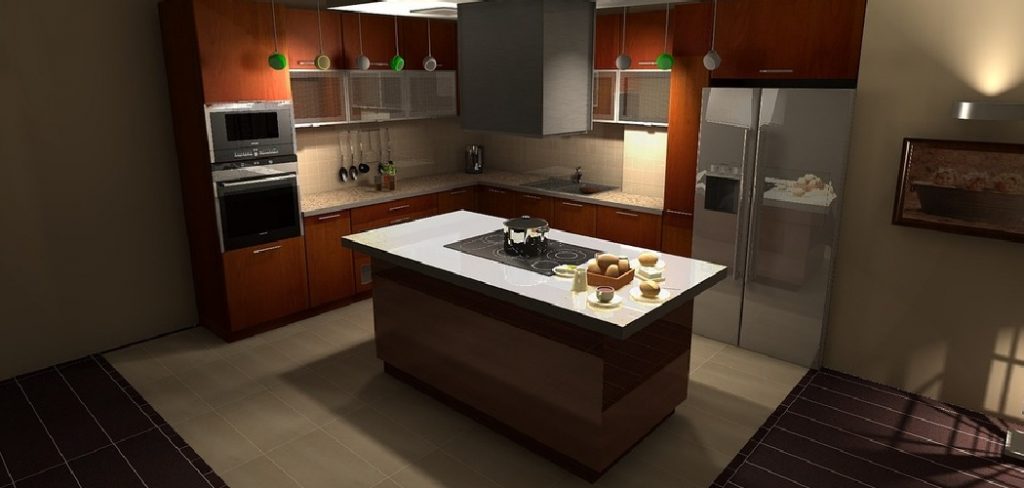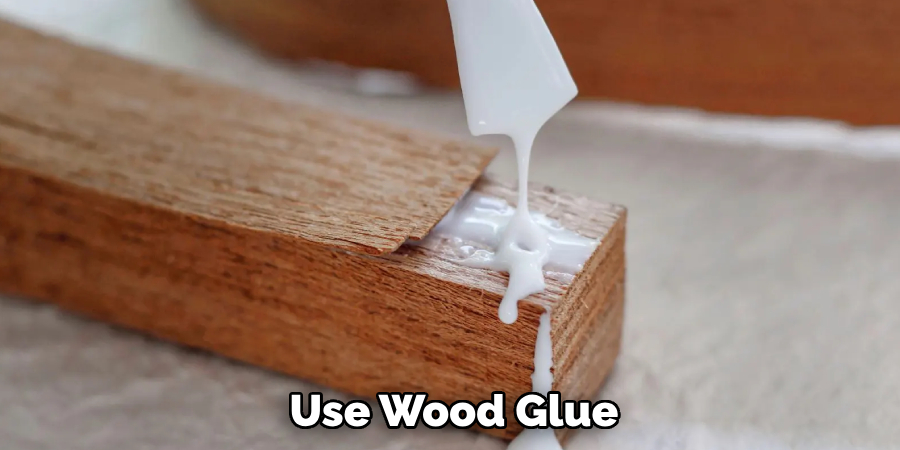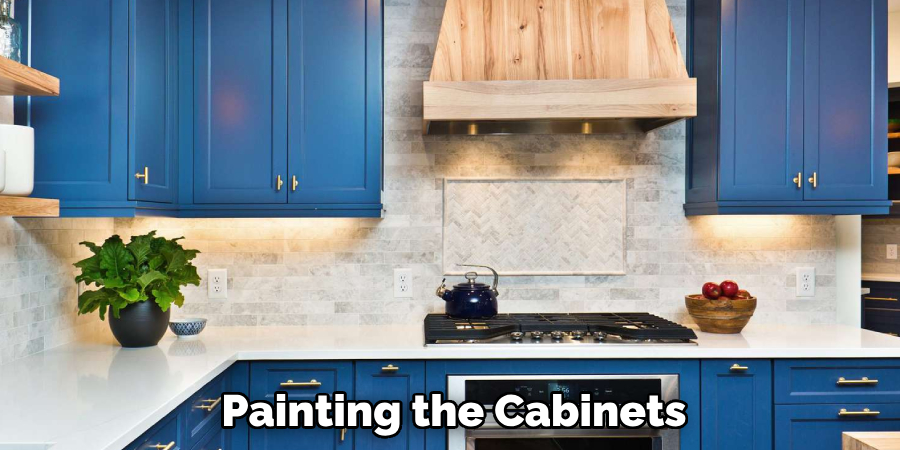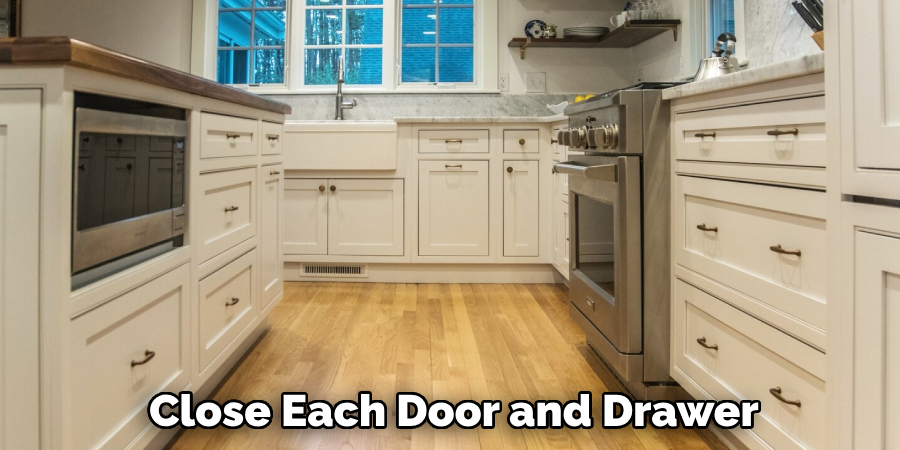Are you thinking of remodeling your kitchen? Do you want to add a personal touch by building your own kitchen cabinets? Look no further—we have you covered with our free plans for building kitchen cabinets.
How to build kitchen cabinets free plans can seem like an overwhelming task, but with the right tools and free plans, it becomes a more manageable and rewarding project.
This guide aims to provide you with the essential steps and resources to create custom kitchen cabinets that suit your space and style. Whether you’re looking to save money, embrace a DIY project, or enjoy the satisfaction of building something with your hands, free plans offer a clear blueprint to guide you through the process.

From selecting the right materials to assembling the final product, we’ll help you transform your kitchen with functional and aesthetically pleasing cabinets.
What Will You Need?
Before diving into the free plans, it’s essential to gather all the necessary tools and materials. This will ensure you have everything you need on hand and reduce any delays in the building process.
- Measuring tape
- Table saw
- Circular saw
- Jigsaw
- Clamps
- Screwdriver/nail gun
- Sandpaper/sanding block
- Lumber (plywood, pine boards)
- Hardware (handles, knobs)
- Wood glue/screws/nails
Once you have all the tools and materials, you can move on to the next step: planning and design.
10 Easy Steps on How to Build Kitchen Cabinets Free Plans
Step 1: Measure Your Space
Accurate measurements are crucial for building kitchen cabinets that perfectly fit your kitchen layout. Start by measuring the height, width, and depth of the area where you plan to install the cabinets. Use a measuring tape to gather precise dimensions, making sure to account for any appliances, fixtures, or existing cabinets that might influence the space.
Note any irregularities or obstacles, such as uneven walls or plumbing, that could affect the installation. Consider leaving extra room for cabinet doors or drawers to open without obstruction. Accurately measuring your space will provide a solid foundation for drawing up plans and cutting your materials to the correct size, ensuring your finished cabinets fit seamlessly into your kitchen.

Step 2: Design Your Cabinets
Once you have accurate measurements, the next step is to design your cabinets. Consider the style that best suits your kitchen, whether it’s modern, traditional, or somewhere in between. Account for practical features like cabinet height, shelving, and door style to maximize storage and functionality.
Sketch a detailed design blueprint that includes dimensions, layout, and materials needed. Use software for a digital version or opt for graph paper for a more hands-on approach. A well-considered design will serve as a roadmap, guiding you through the construction process and ensuring that the finished cabinets fit well and complement your kitchen’s aesthetic.
Step 3: Gather Materials and Cut Lumber
With your design in hand, it’s time to gather all the materials necessary for building your kitchen cabinets. Refer to your blueprint and take stock of the lumber and hardware you need. Head to your local hardware store to purchase the required plywood, pine boards, and any additional components that might be necessary.
Once you have everything, use your table or circular saw to cut the lumber according to your design specifications. Double-check each measurement before cutting to ensure accuracy, as precise cuts are essential for a smooth assembly process. Label each piece to keep your project organized and streamline the installation later.
Step 4: Assemble the Cabinet Frames
Begin assembling the cabinet frames by laying out the pieces of cut lumber according to your design blueprint. Use wood glue and clamps to attach the sides, top, and bottom pieces, ensuring they are aligned correctly. Once the glue has dried enough to provide initial stability, reinforce the joints with screws or nails for added strength.
Consider utilizing a square to ensure the corners are at perfect right angles during assembly. This step is essential for creating a durable structure that will securely hold together over time. After the basic frame is complete, you can add interior support or additional shelving pieces based on your design requirements.

Step 5: Install the Cabinet Backs
Now that the cabinet frames are assembled, it’s time to install the cabinet backs to add further stability to the structure. Cut pieces of plywood or MDF to fit snugly within the frame, following your design blueprint closely. Position each piece of backing and use wood glue to attach it to the frame. Ensure that it fits perfectly at the rear side of the cabinet and use a brad nailer or screws to secure it firmly into place.
Adding a back panel helps to square the cabinet structure and increases its overall strength, creating a solid and supportive base for storing kitchen items.
Step 6: Add Shelving and Dividers
With the cabinet backs firmly in place, the next step is to add shelving and dividers to increase the storage versatility of your cabinets. Measure and cut plywood pieces according to your design blueprint for shelves, ensuring each piece fits perfectly within the cabinet frame. Position the shelves at your desired heights, using a level to ensure they are even.
Attach them securely using wood glue and screws. If your design includes vertical dividers, measure and cut them to fit between shelves, gluing and screwing them into place to create distinct compartments. Properly installed shelving and dividers will enhance the functionality of your cabinets, allowing for organized storage of various kitchen items, from dishes to pantry goods. Take care during this stage to maintain precision and alignment, ensuring your cabinets are practical and visually appealing.
Step 7: Install the Cabinet Doors and Drawers
After completing the interior shelving and dividers, the next step is to install the cabinet doors and drawers. Begin by measuring and cutting doors and drawer fronts from your plywood or chosen material, ensuring they fit the openings accurately. Sand the edges smoothly to prevent any splinters and prepare them for finishing.
Use hinges to attach the doors to the cabinet frame, checking for proper alignment and allowing enough clearance for easy opening and closing. For drawers, assemble the drawer boxes, ensuring they slide in and out smoothly within their compartments. Install drawer glides to facilitate easy movement and attach the drawer fronts using screws.
Step 8: Finish and Paint the Cabinets
Once the cabinet doors and drawers are installed, the final step is finishing and painting the cabinets. To achieve a smooth base, begin by sanding all surfaces, including the frame, doors, and drawer fronts. Use finer-grit sandpaper for a polished finish, removing imperfections or rough edges. After sanding, clean the surfaces to remove dust or debris that might interfere with the painting process.

Apply a coat of primer to prepare the wood for paint, allowing it to dry completely. Choose a high-quality paint or stain that complements your kitchen’s aesthetic and apply it evenly using a brush or roller. Consider applying multiple coats for a rich, durable finish, sanding lightly between coats if necessary.
Step 9: Install Hardware
With the cabinets fully painted and cured, the next and final step is to install the hardware. Select suitable knobs and handles that match your kitchen’s style and your personal preference. Carefully mark the locations for each piece of hardware, ensuring they are consistently positioned across all the doors and drawers for a uniform look.
Use a drill to create pilot holes where necessary, then screw the knobs and handles into place, making sure they are securely fastened. Installing high-quality hardware enhances the aesthetic appeal of your cabinets and ensures functionality with easy access to stored items. This finishing touch combines the entire project, providing both style and practicality and completing your cabinet-building endeavor with a professional flair.
Step 10: Inspect and Make Final Adjustments
After installing the hardware, thoroughly inspect your entire cabinet project to ensure everything is functioning and looking as intended. Close each door and drawer to check for smooth operation and proper alignment. Verify that all the hinges, glides, and hardware are securely tightened. Examine the paint or stain finish for any blemishes or areas needing touch-ups.
Take note of any adjustments required to optimize the performance and appearance of your cabinets. This final step ensures that your cabinets are aesthetically pleasing, durable, and fully functional, ready to enhance your kitchen’s organization and style. A careful inspection will help catch any overlooked details, providing you with a sense of accomplishment and satisfaction upon completing your cabinetry project.
By following these steps and utilizing your creativity, you can build custom cabinets that suit your kitchen’s layout and storage needs.

Conclusion
How to build kitchen cabinets free plans requires careful planning, precise execution, and attention to detail.
By leveraging available resources, such as free design blueprints and online tutorials, you can tailor every aspect of your cabinets to suit specific storage needs and personal style preferences. Each step, from installing sturdy backs and cleverly placed dividers to selecting the suitable finishes and hardware, contributes to your kitchen’s overall functionality and aesthetics. Through this process, not only do you create valuable storage solutions, but you also add a personal touch to your space.
With patience and dedication, these free plans offer an accessible path to transforming your kitchen into an organized and visually satisfying culinary haven.
Professional Focus
Angela Ervin, a former interior designer turned blogger, specializes in kitchen design and renovations. Through her website, she blends her passion for cooking with design expertise, sharing practical and creative ideas. Known for balancing functionality and beauty, Angela’s insightful content has made her a trusted voice in home design and lifestyle.
About the Author
Angela Ervin, an experienced interior designer and blogger, combines her passion for kitchen renovations with storytelling. Living in Petersburg with her family, she enjoys cooking and testing her projects firsthand. Known for her humor and relatable style, Angela shares creative, functional design insights through her content, making her a trusted voice in home design.
Education History
University: Virginia Commonwealth University
Degree: Bachelor of Fine Arts (BFA) in Interior Design
- Angela’s education at VCU focused on mastering core interior design principles, including spatial planning, color theory, materials selection, and sustainable design practices.
- She gained hands-on experience through studio projects and collaborative design exercises, which honed her ability to create functional and aesthetically pleasing environments.
- Her coursework also emphasized problem-solving and practical applications of design, preparing her for real-world projects like her self-directed kitchen renovations.
- The program’s strong foundation in both technical skills and creative expression shaped Angela’s ability to seamlessly integrate form and function in her work.


